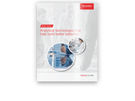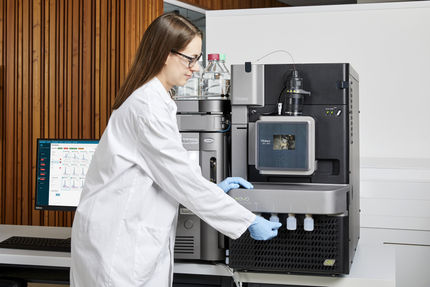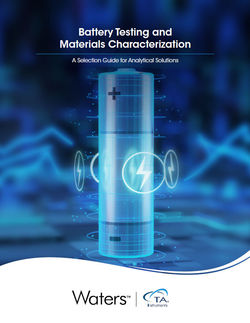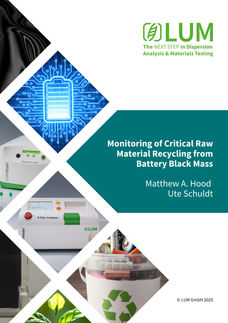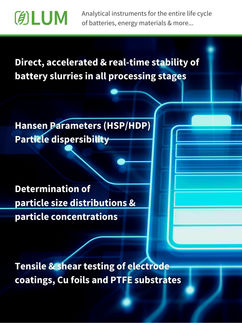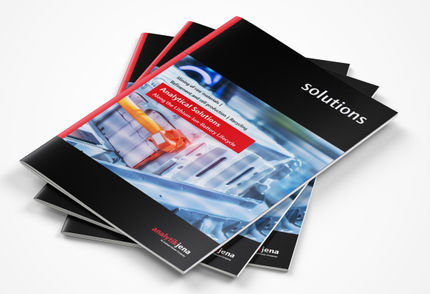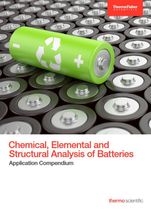
Thermo Fisher Scientific
Chemical, Elemental and Structural Analysis of Batteries
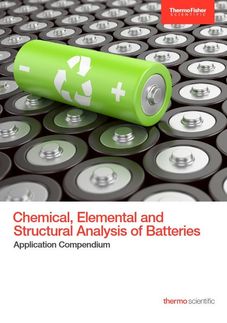
Application Compendium
The global lithium-ion battery market is expected to reach 93.1 billion USD by 2025. This is largely driven by increased usage in electric vehicles, grid storage, and portable consumer electronics where the higher energy density of the lithium-ion battery offers a clear advantage.
Improvements in battery performance require the development of new, more effective battery components. Also needed is a better understanding of the mechanisms that lead to performance degradation after repeated charging and discharging cycles. Evaluation of batteries and battery components requires a variety of analytical methods that permit the study of materials and component surfaces at various scales.
As the world leader in advancing science, Thermo Fisher Scientific provides the widest range of analytical instrumentation for battery analysis and product formulation. Available options include X-ray photoelectron spectroscopy (XPS/ESCA), electron microscopy (SEM, TEM and FIB-SEM), vibrational spectroscopy (FTIR, Raman and NIR), mass spectrometry (GC-MS, HPLC, LC-MS, HREMS-MS, ICP-MS), microCT, nuclear magnetic resonance (NMR), X-ray diffraction, X-ray fluorescence, rheometry, viscometry, extrusion and torque rheometry.
Advertisement




